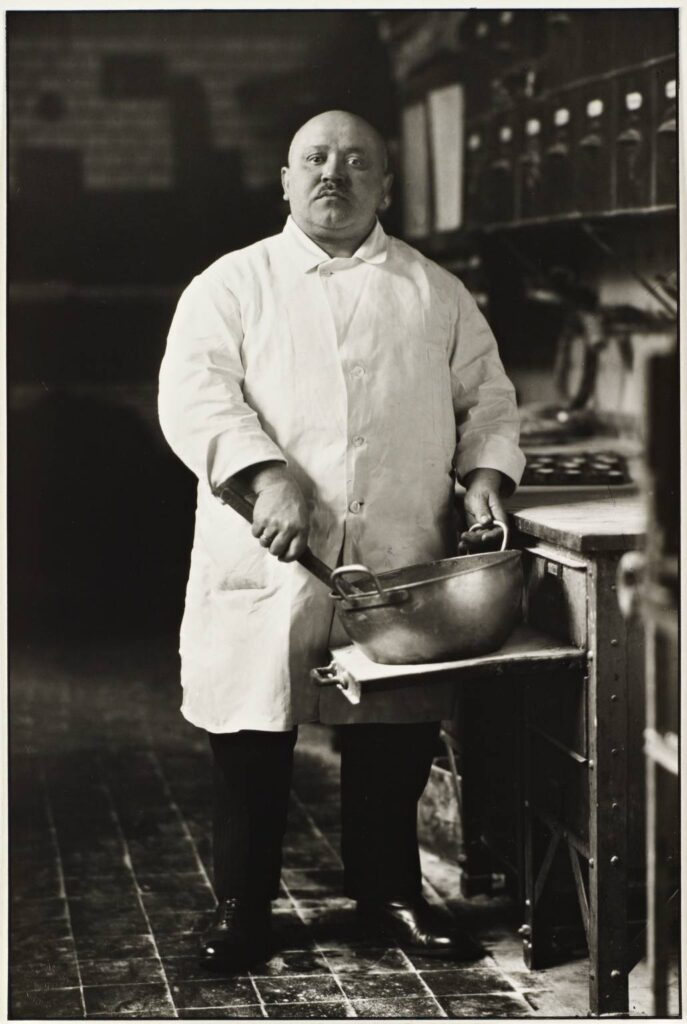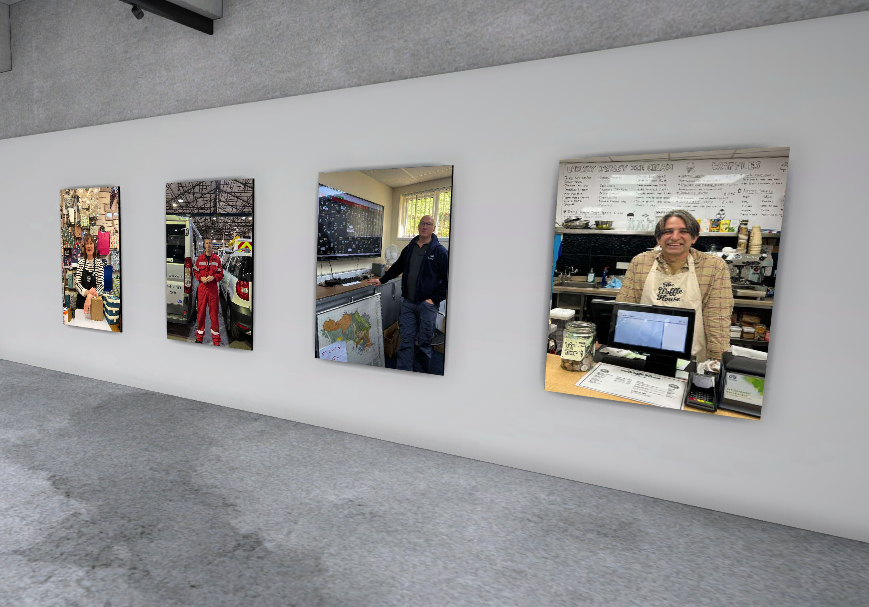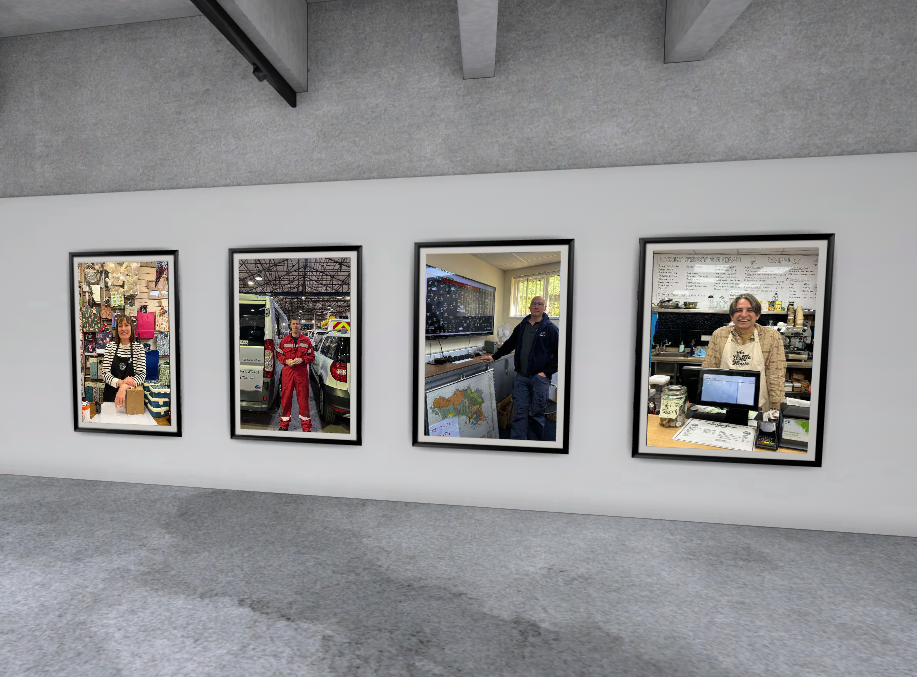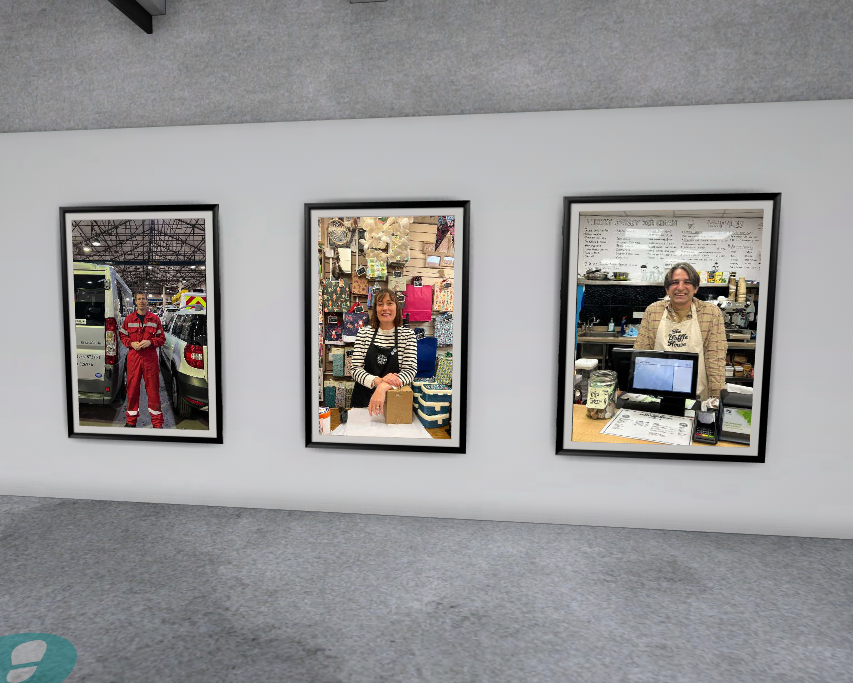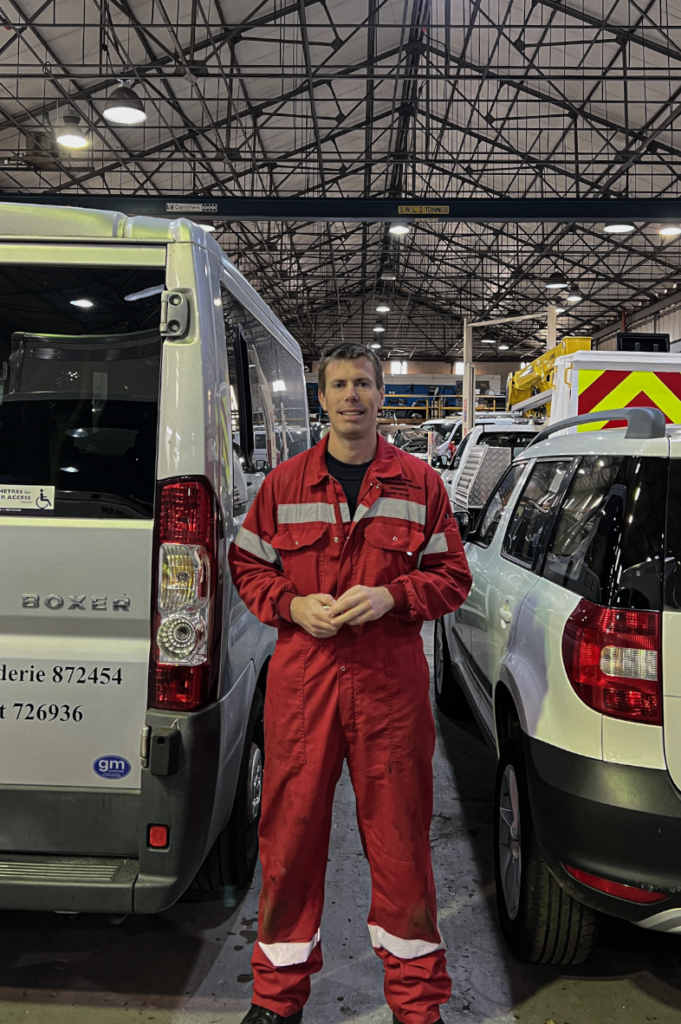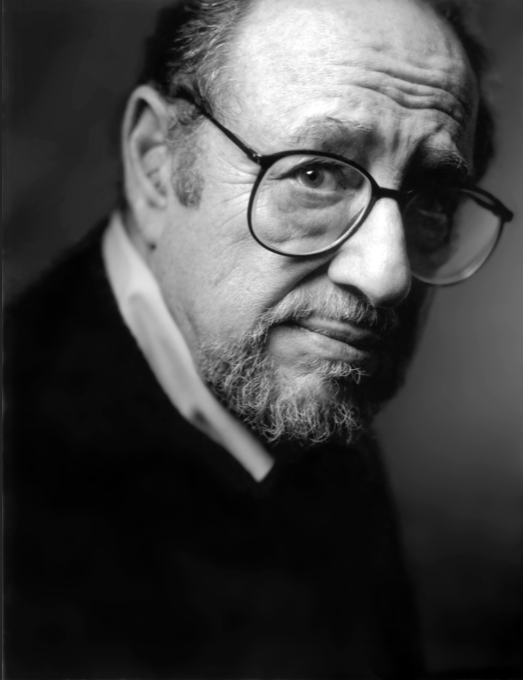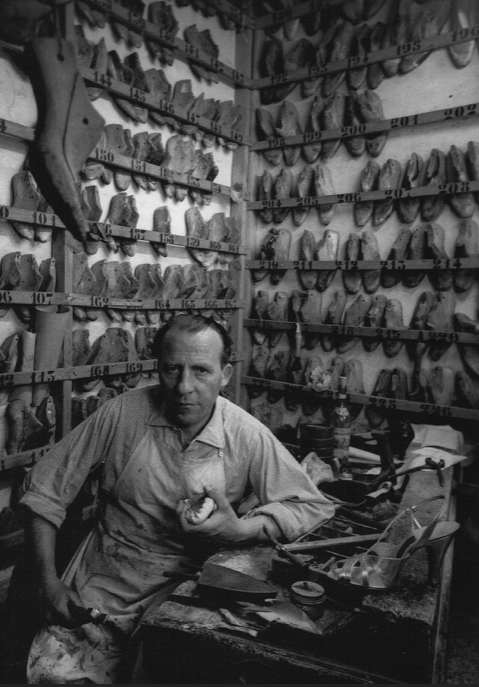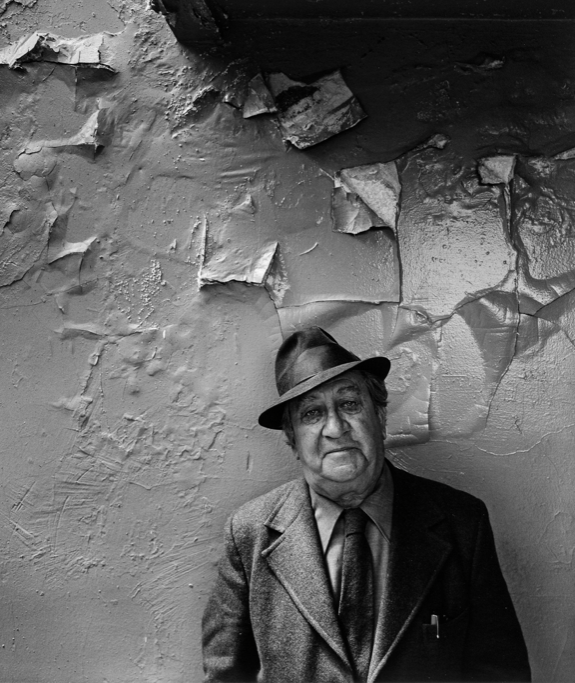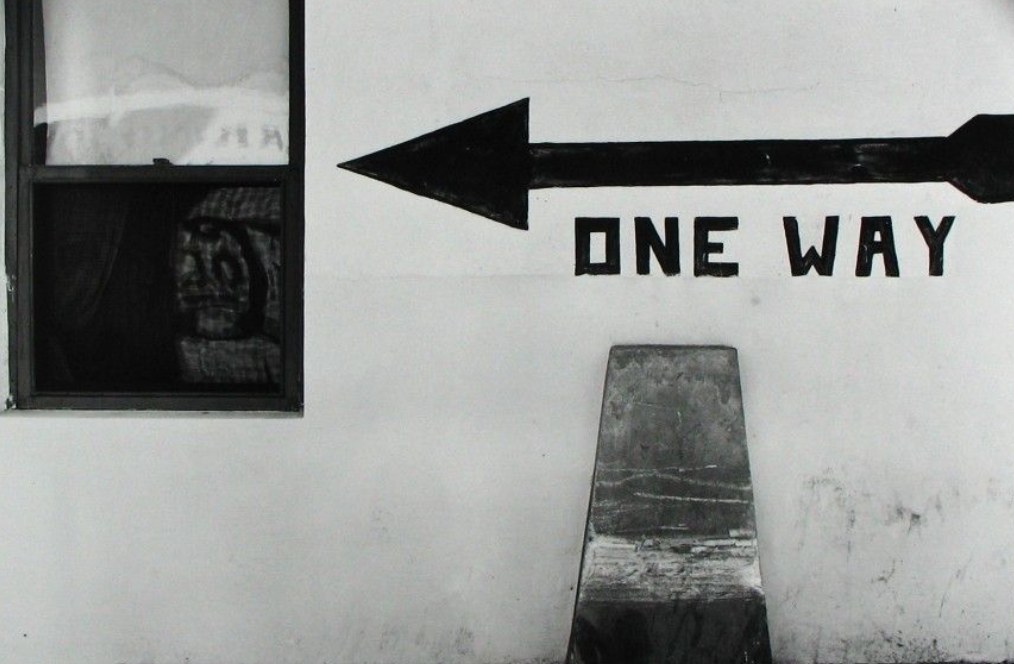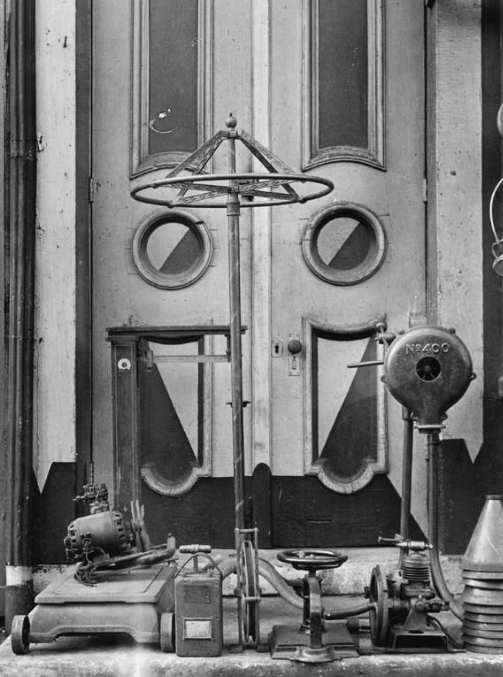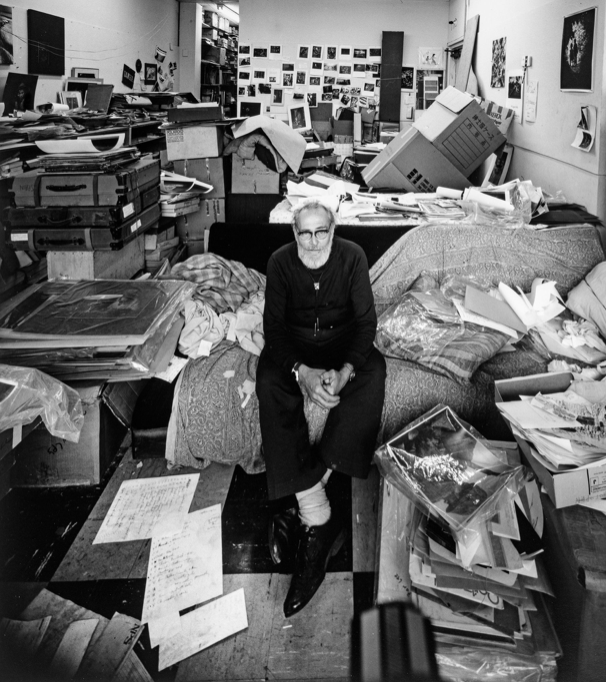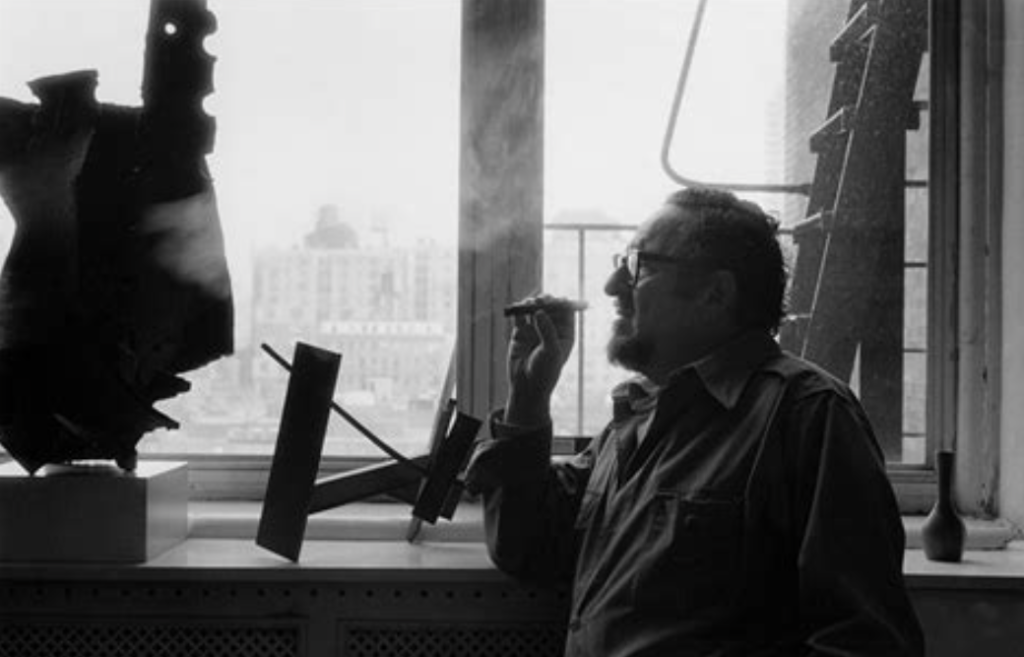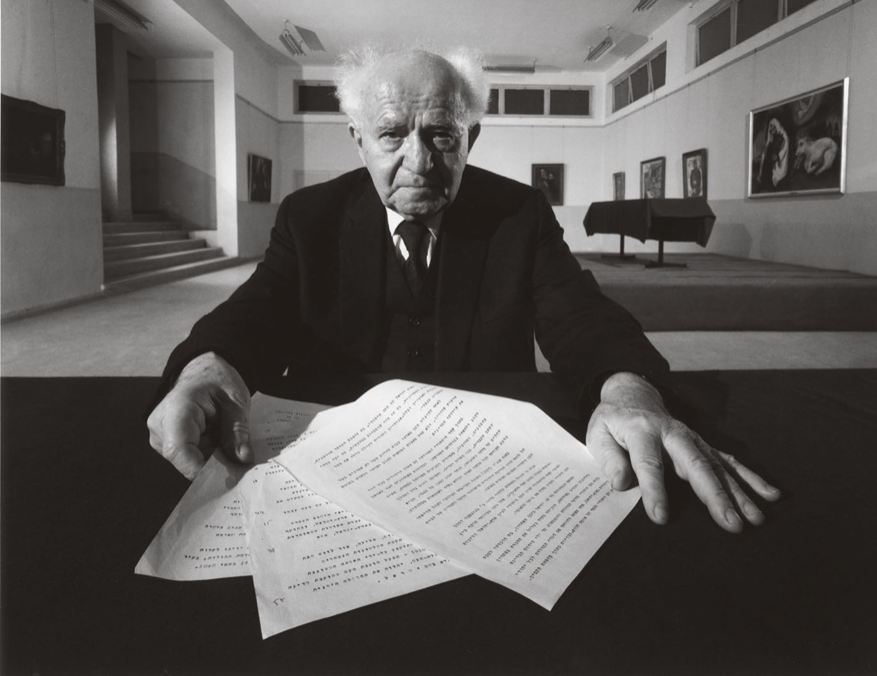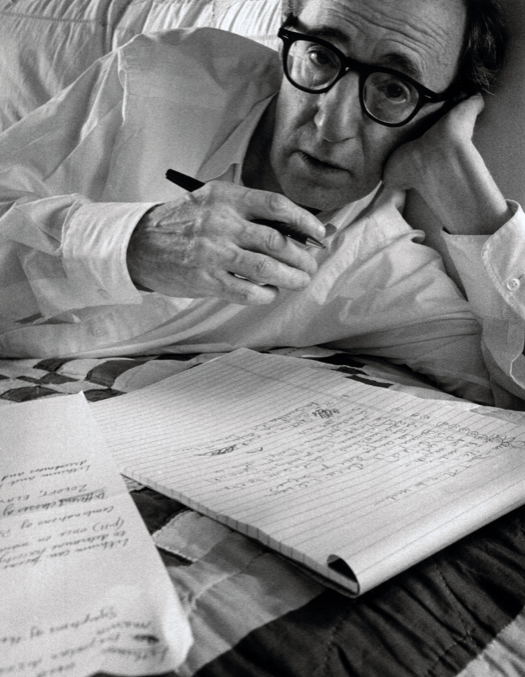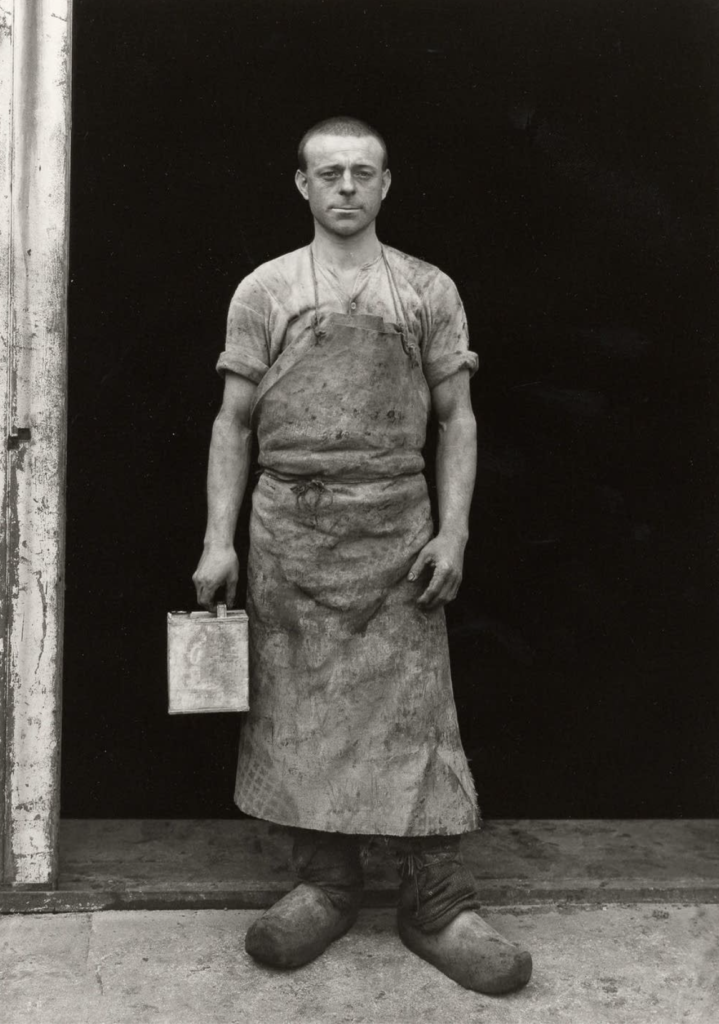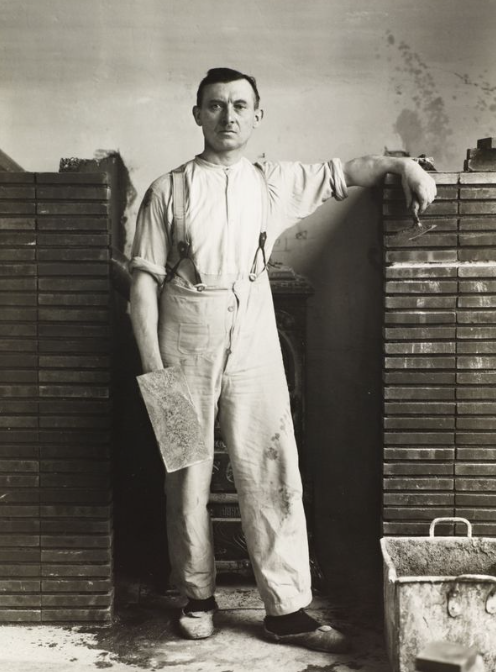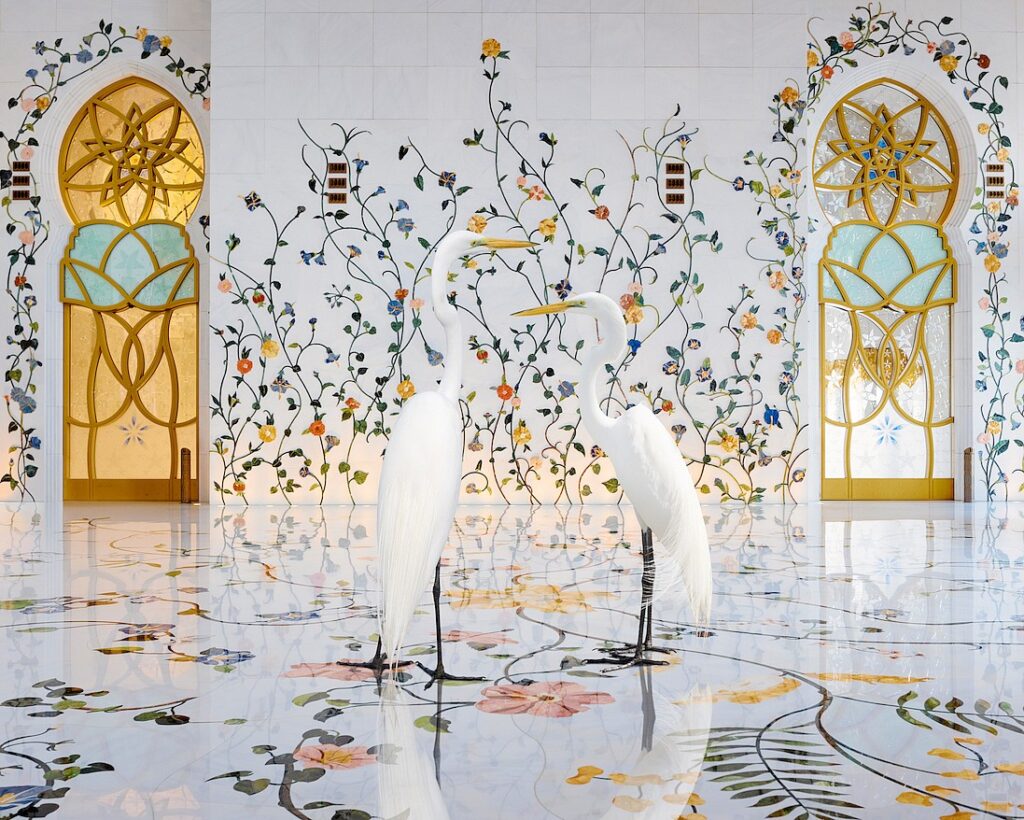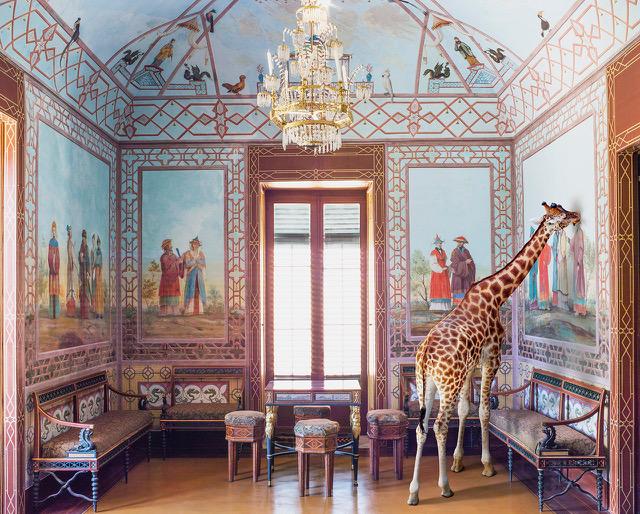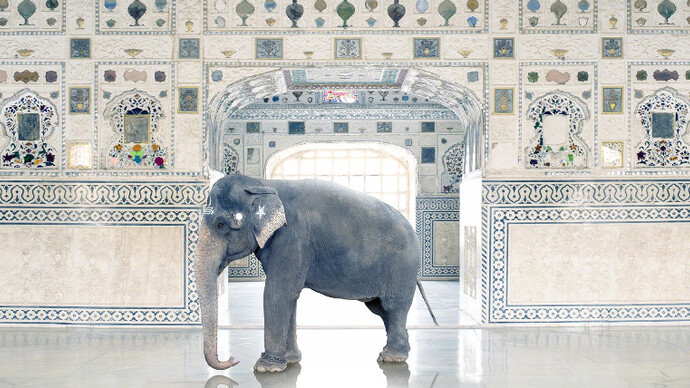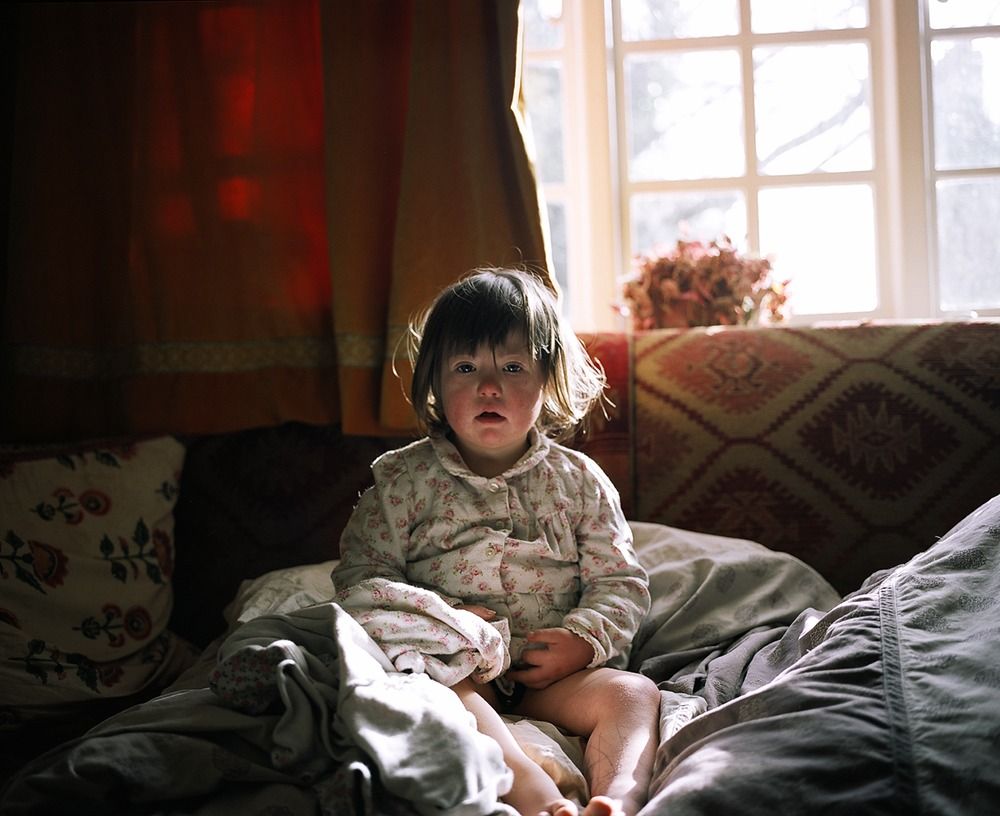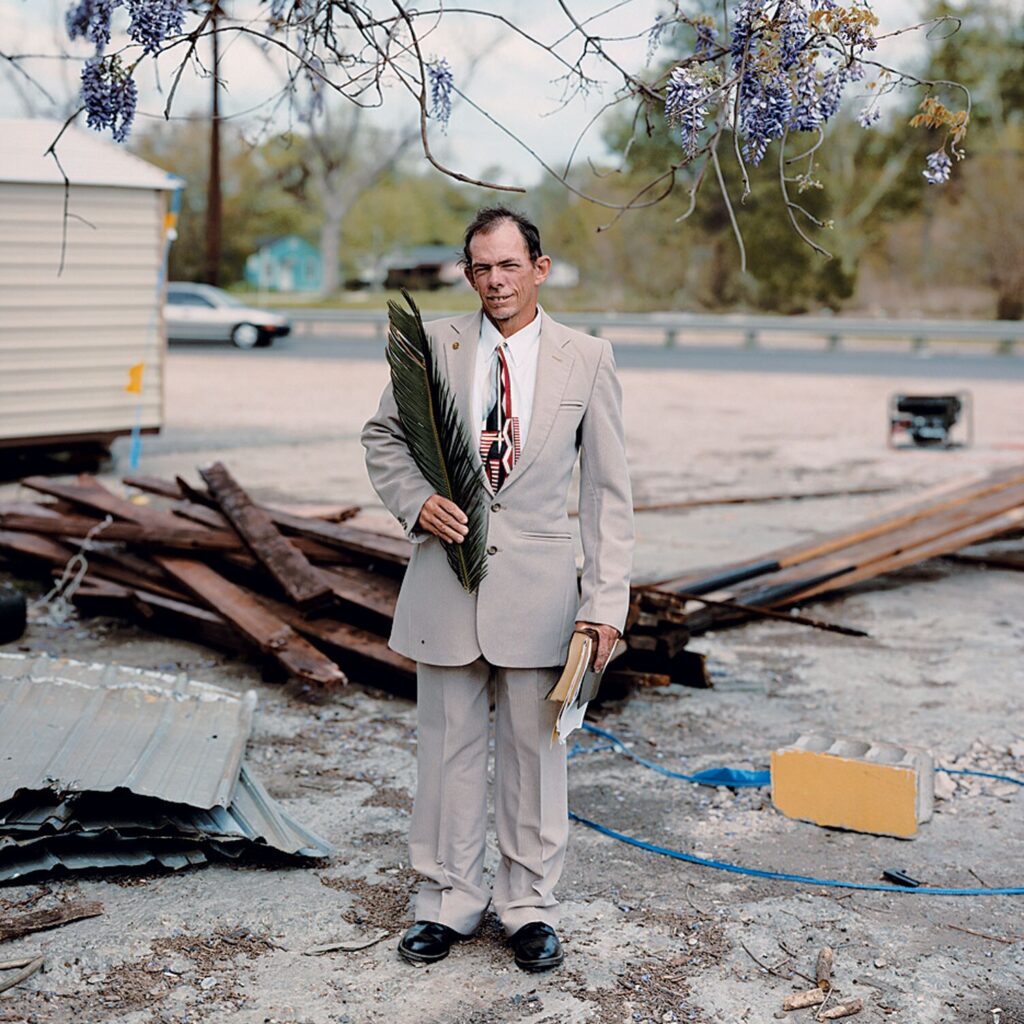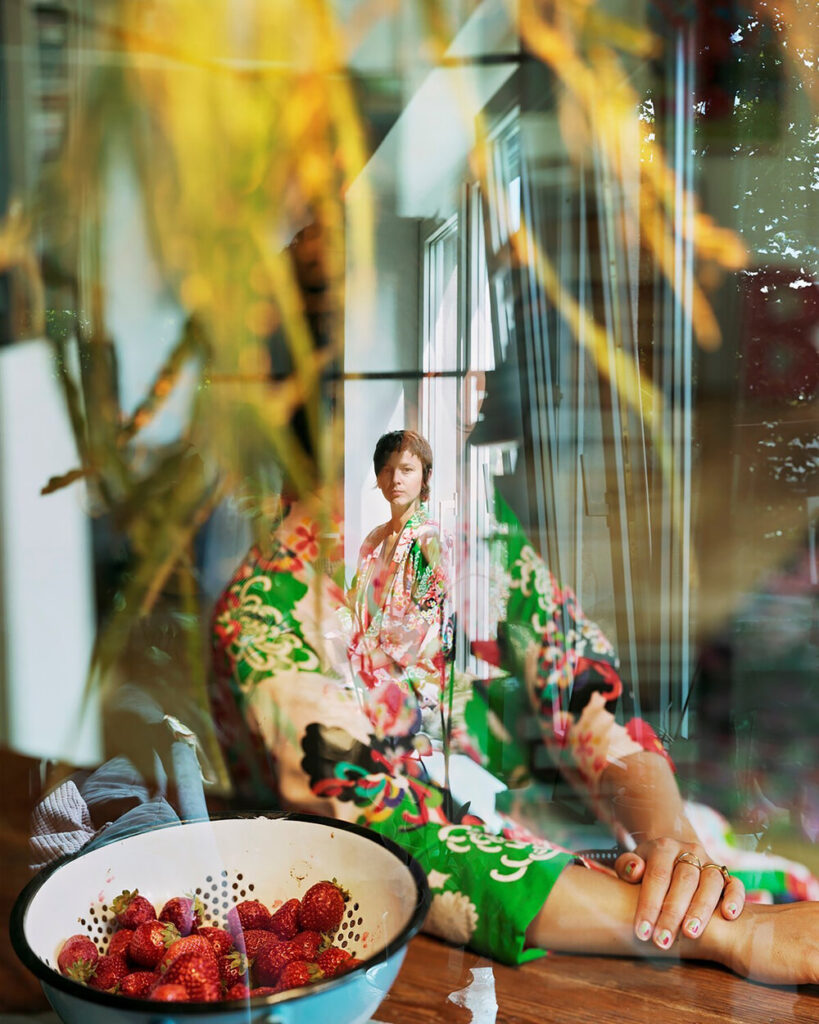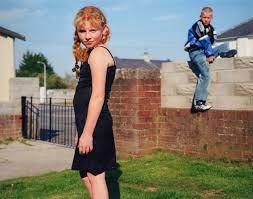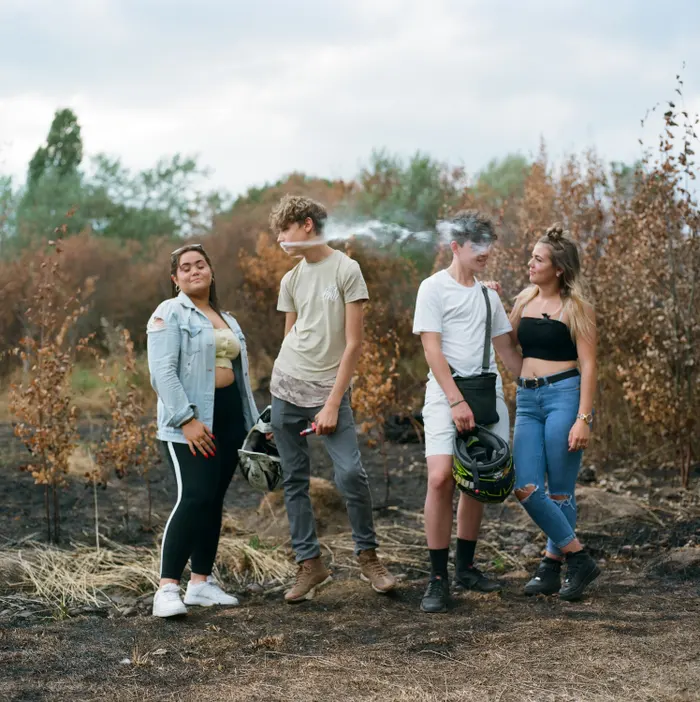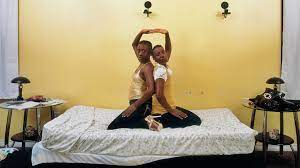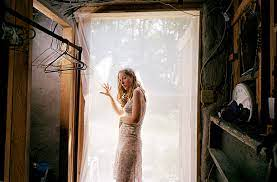




August Sanders is a famous photographer who actually started by working in a mine and then working as an assistant for a photographer called Siegen who was also working in the mine at the same time. As he progressed who brought his own equipment and set up his own darkroom before his military service 1897-1899. After his service he started working for Photographische Kunstanstalt in Hungry before becoming a partner then later becoming the sole owner of the company. Later on he left the company and set up a new studio at Durener Strasse. His most famous work began in 1911 when he did his first series of portraits for his work, he aimed to show the differences in society during the Weimar Republic. He then divided the shoot into seven sections ranging from different professions, different classes to homeless people and veterans. Continuing his career he travelled to Sardinia for three months, while he took around 500 photos however he did not write his planned book on his travels. His most famous work continued when his ‘People of our time’ was published, this was a series of 60 photos aiming to describe and show the people of the 20th century. However sadly under Nazi regime his photography plates were seized and destroyed, along with later on his studio being bombed and the a fire wrecking what was left of his work. After the war in 1953 Sander sold 408 photographs of Cologne taken between 1929 and 1939, later on in 1988 they were published in book format, under the title Koln Wie Es War (Cologne as it was). His work has continued to be influential even now inspiring people with his environmental portraiture.
Beggar, 1926 – August Sanders
This is one of my favourite pieces of August Sanders work; just after the end of WW1 he captured a shot of a beggar on the streets. Many people were left without a home and or without an income leaving many people on the street after the devastating effects of WW1.

Within the photo there is not much, however it appears busier than it is due to the lines and patterns. The man is sitting in the centre of the photo with a crutch underneath him and holding his hat out for change. The photo is in black and white as all of Sanders work is as Sander never updated his equipment with the times instead sticking to his original set up. It’s quite a saddening image as it is very solemn and while it is a fairly simple image in its composition it has a high emotional complexity to it. When you first glance at the photo, I didn’t notice the crutch or the hat I assumed it was someone resting or waiting for a train. However as you take a closer look at the shot it becomes clear what is really happening. Sanders used the lines in the natural surroundings to create a busy look to the photo. By having a ‘busy’ background in the photo and around the subject it reflects the subjects daily life of blending into a busy lifestyle of everyone else. The composition of the photo is quite interesting as it isn’t an overly wide angle so there isn’t much foreground or background to the shot but the subject is slightly off centred to the left and in the little foreground there is immediately drawing the viewers eye to him. Harsh lines are prominent throughout the shot as a whole from the wall edge creating a harsh line to the fencing creating repetition both offset by more lines however they are softer and lead to the subject again. Creating this juxtaposition of the harsh world around the subject and the softer, emotive side of the subject is still a person no matter what his circumstances. This is a great example of an environmental portrait by having the subject as the main focus of the photo, providing context about the person by having a common environment of theirs as the background. By having the subject wearing a blank expression it takes away from the falsities that can crop up in photos by wearing different expressions, this instead helps the people look deeper into the photo and understand the correlation between the subject and the surroundings.
Sanders used all natural lighting in a majority of his work not only due to his camera set up but also due to his work being in the subject’s natural environment didn’t allow for easy lighting all the time, in this shot he has balanced the exposure well creating a balanced tonal image. What Sanders has done particularly well with this shot is capturing a 3D scene and transforming it into an emotive, dynamic 2D image. By using the shapes and lines available in the environment it has enhanced the final outcome creating depth in the shot and providing a small background and a feeling that the image extends onwards confusing off the edge of shot from the simple use of the wall further away from the subject.
This is another one of Sanders famous pieces of work, there is not much information available about this shot in-particular. However it is evident that it is a great example of Sanders environmental portrait style. This photo was taken after WW1 (1928) however the effects were still very present. The frame of the photo is mostly filled with the subject an in a white chefs jacket, boots and black trousers. He is holding a large metal bowl that has small patches of lighter grey where the light is reflecting off it. While the chef is holding a spoon in the bowl he is not moving it as it is an environmental portrait he is posed and still. It would be noticeable if he was moving at all due the the nature of Sander’s camera equipment there would be blurring to the image where the movement isn’t captured quick enough to remain clear. The background and foreground of the shot are a complete tonal contrast to the white coat being black with small speckles of white from the grout on the tiled floor to the labels on the above counter cupboards. Having the subject in his professional environment is a great way of capturing an environmental portrait as it would have been where the chef spent a lot of his life. There is a also a connection between our jobs and out personalities and lifestyle. The chef has a neutral expression on his face, however he does not seemed annoyed or put out by the photo instead looks proud. This allows for the photo to be perceived as the man is proud of his job, this could be for many reasons but a large part of this could be that he proud that he could, after the war being able to enjoy his passion again. The more technical side of the photo is that Sander’s has used the space around the chef to provide a stark tonal contrast from the dark background. This draws the viewer to the subject, the chef, and away from the surrounds. However the dark background also makes the viewer curious to what is in it, this gets them to start looking closer to the the subject and where they might be standing in correlation to what he is wearing and if he is holding anything. Following on from that the dark background also helps the image appear more 3D which is a great skill of Sanders work in creating a 3D scene into a 2D photo while keeping the photo form looking flat. Sanders has used the rule of thirds to put the subject in the centre to keep the focus on him. He has also used the lines on the floor to add depth to the photo and provide a feeling of foreground and background. He uses many lines throughout the photo not just the floor, he also has something with a sharp edge and harsh line just behind the soft, unfocused edge on the side of the shot. The photo is filled with smooth looking textures like the subjects jacket and the metal bowl, this reminds me of how pastry chefs work is neat and appears almost perfect when it comes to things like cakes with white icing. Contrasting this is the mess on the floor, this is a great way Sander’s has captured the neatness and how pristine the chefs have to be as well as there work but it is an environment that is not very forgiving.

